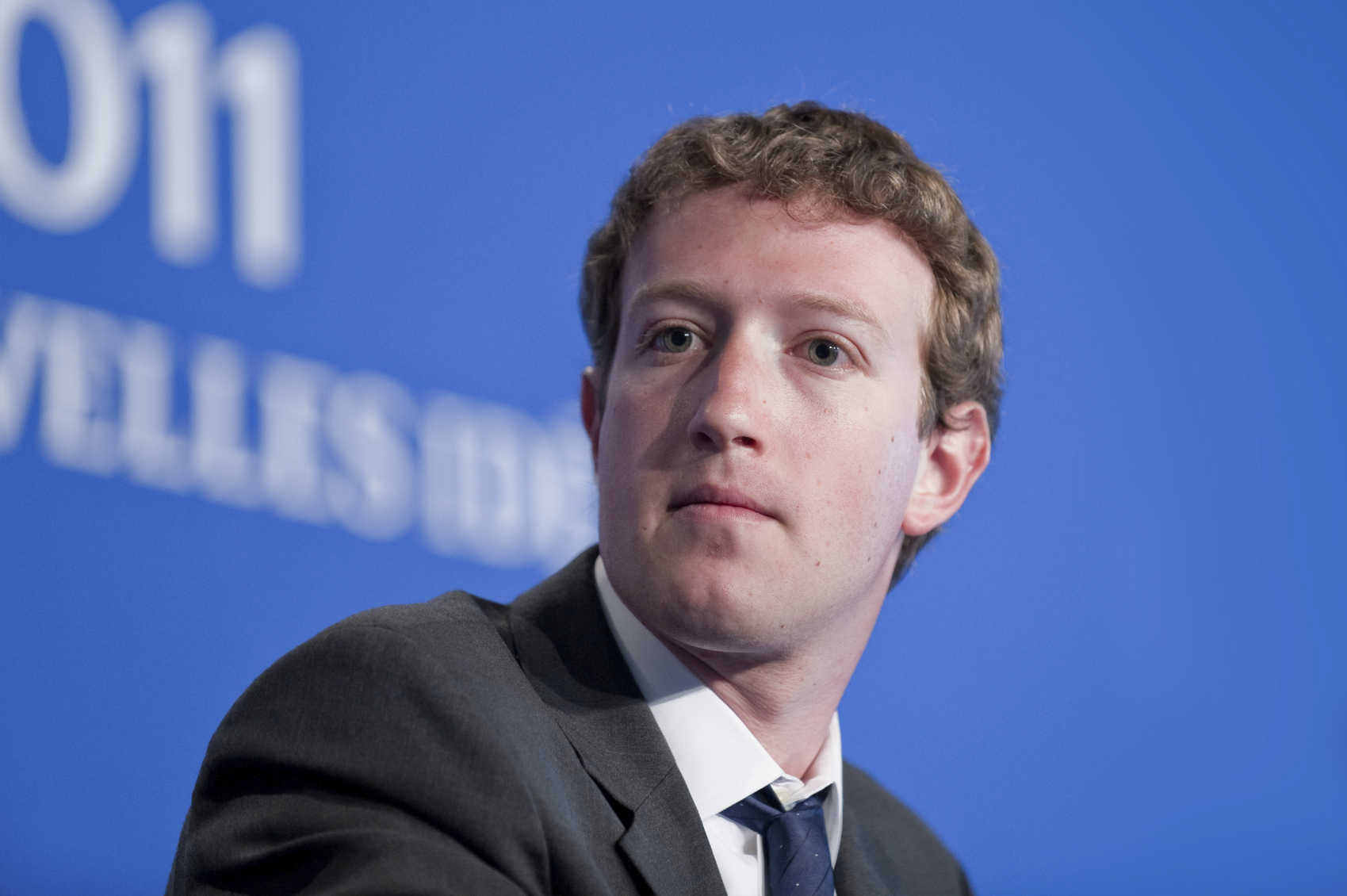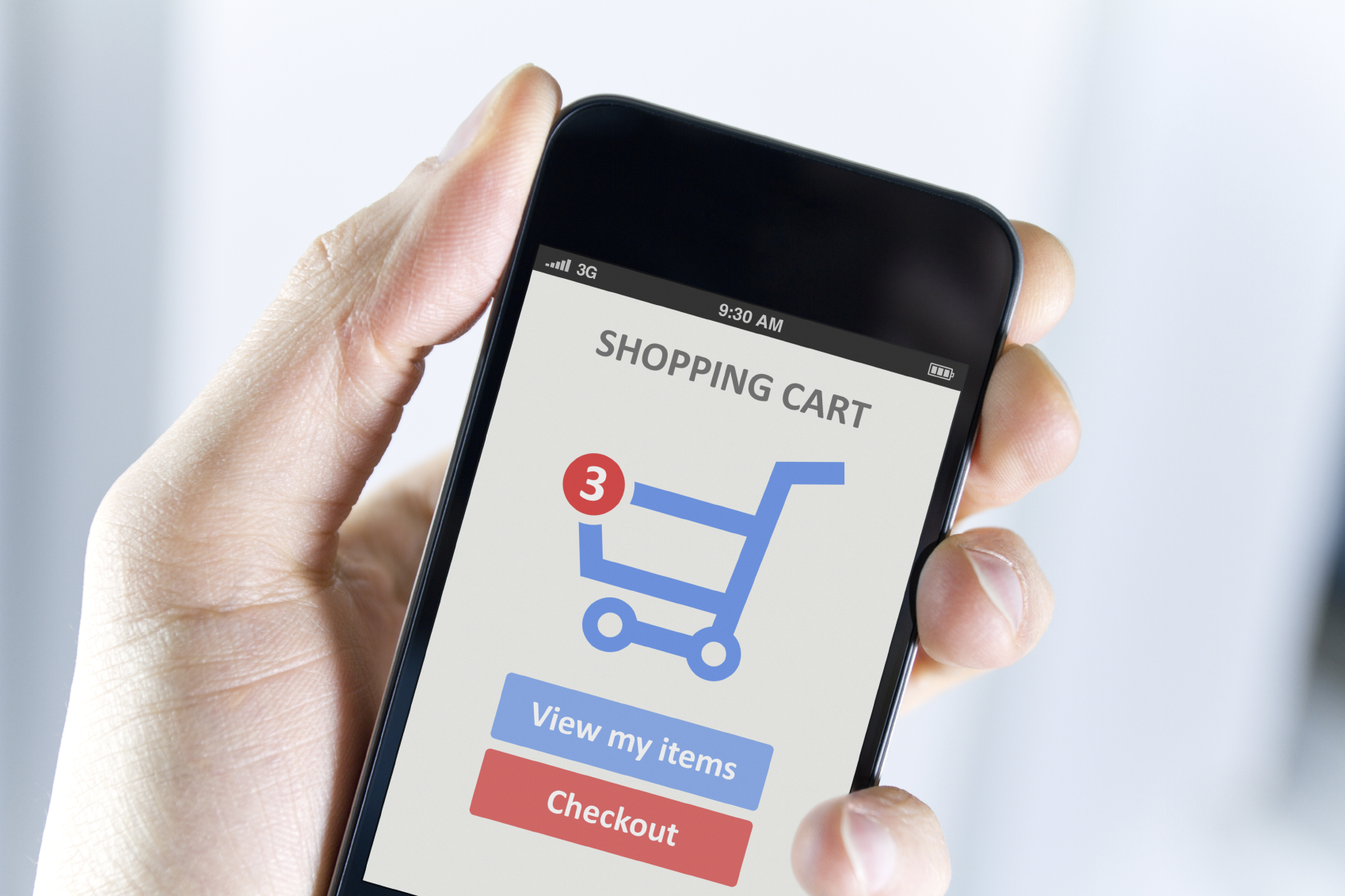Editor’s note: This marks the first entry of our new publishing series “Partner Spotlight”, where we profile a startup that the lab has been closely working with. Stay tuned for more weekly updates.
Social commerce provider Soldsie has been in the news recently for all the right reasons. First, they raised a new round of funding from leading VC’s, then they forged a partnership with eBay backed e-com provider Magento. We’ve been monitoring Soldsie closely since 2013 and it’s time for their close-up.
What is social selling?
The concept is as simple as it sounds: it brings commerce to social media platforms. All social media are jumping on this: Twitter is teaming up with Amazon while Pinterest is using Browsy to make its platform shoppable. In Soldsie’s case, this means Facebook and Instagram, with rumors of Pinterest support swirling. Social selling is increasingly appealing today because search as a discovery tool is declining while social is on the rise. For e-commerce companies who have primarily relied on traditional search to drive sales, this shift is troubling.
How does Soldsie work?
Soldsie powers e-commerce on Facebook and Instagram using comments. Users who register with Soldsie can then add products to their Soldsie shopping cart by commenting “Sold” or other branded terms. Users then receive a confirmation email that links them to a checkout process to purchase the products they selected. Is it an ideal frictionless in-stream payment experience? Not quite, but it’s good start.
Is social selling the future of e-commerce?
Media publishers have already acknowledged and taken advantage of the power of social to drive eyeballs (see BuzzFeed), and we’re betting e-commerce companies are not far behind. That positions Soldsie and other competitors in the social selling space on a path to have a positive outcome. Influencer marketing, make way for influencer commerce: friends are becoming store fronts!




